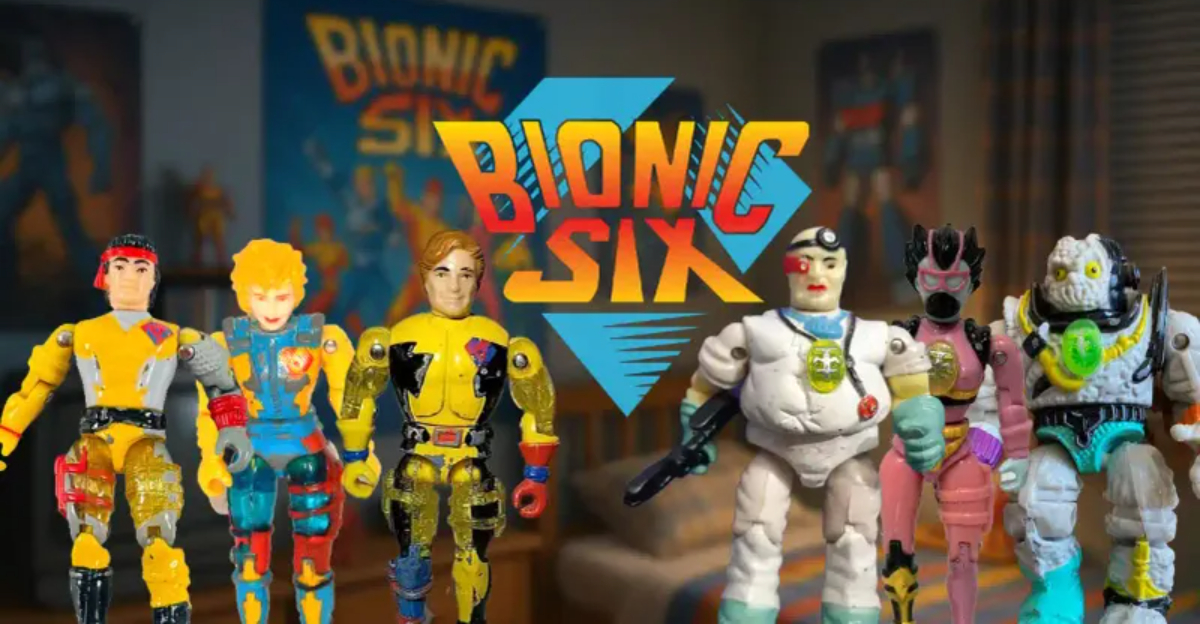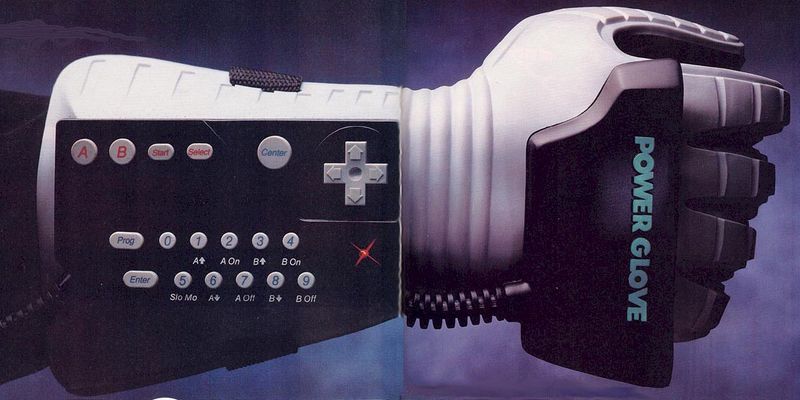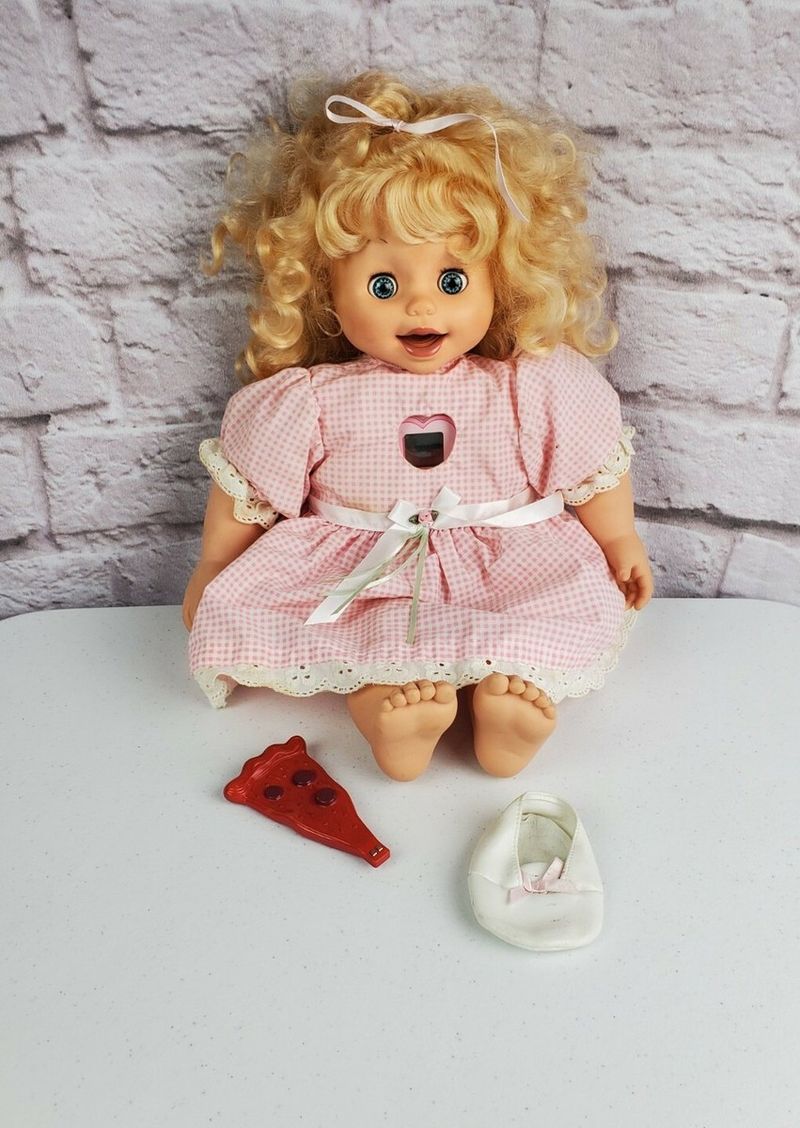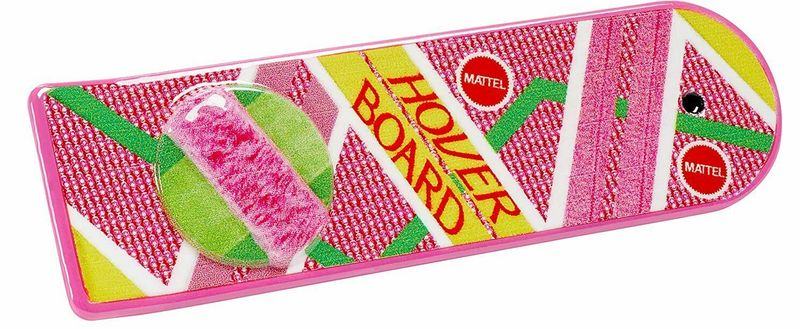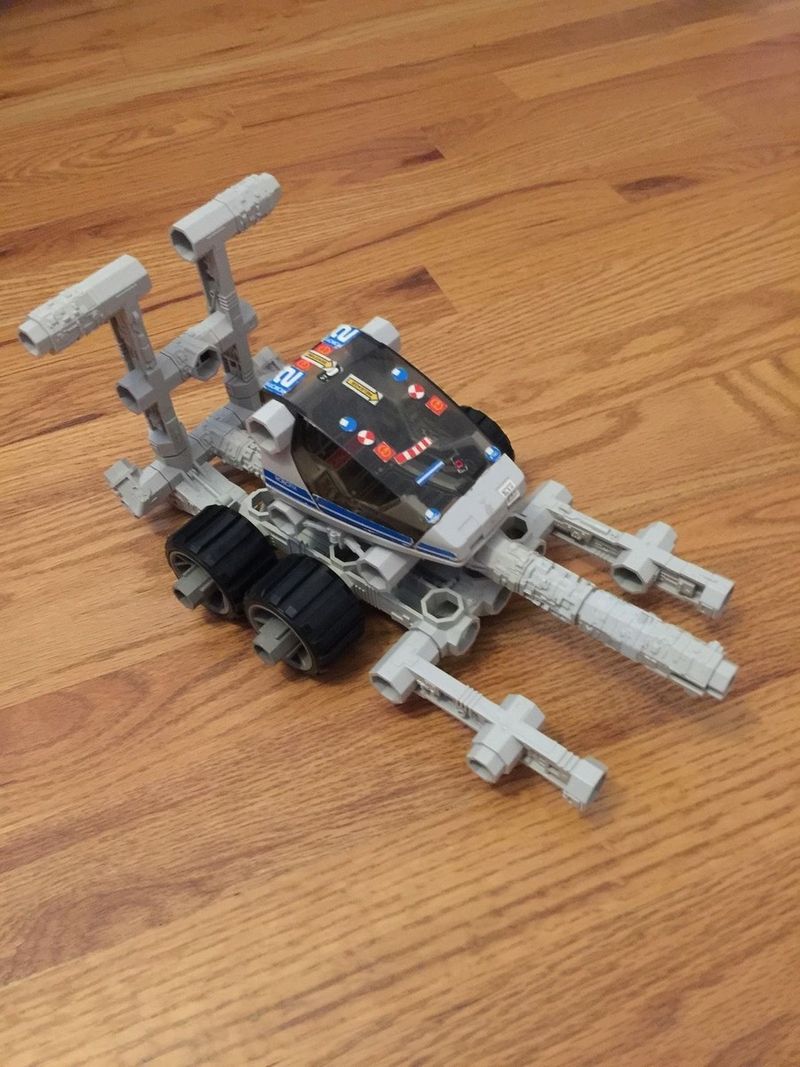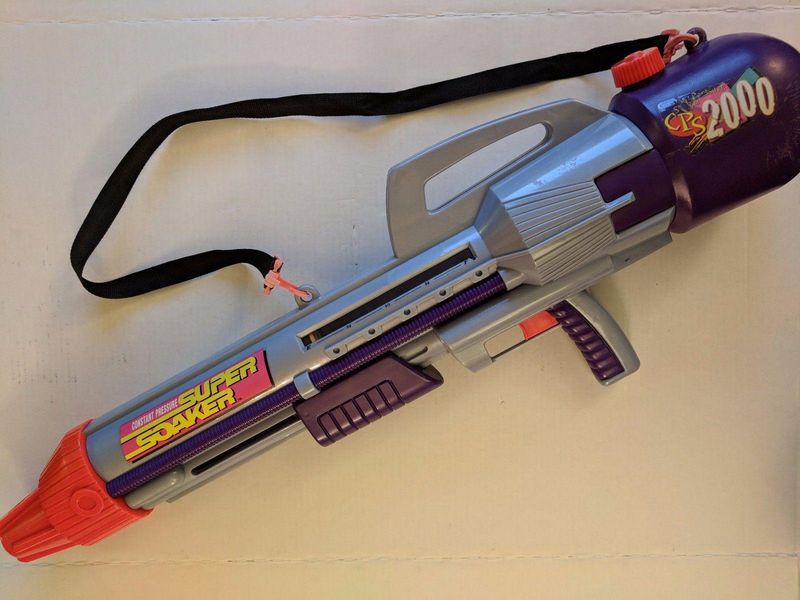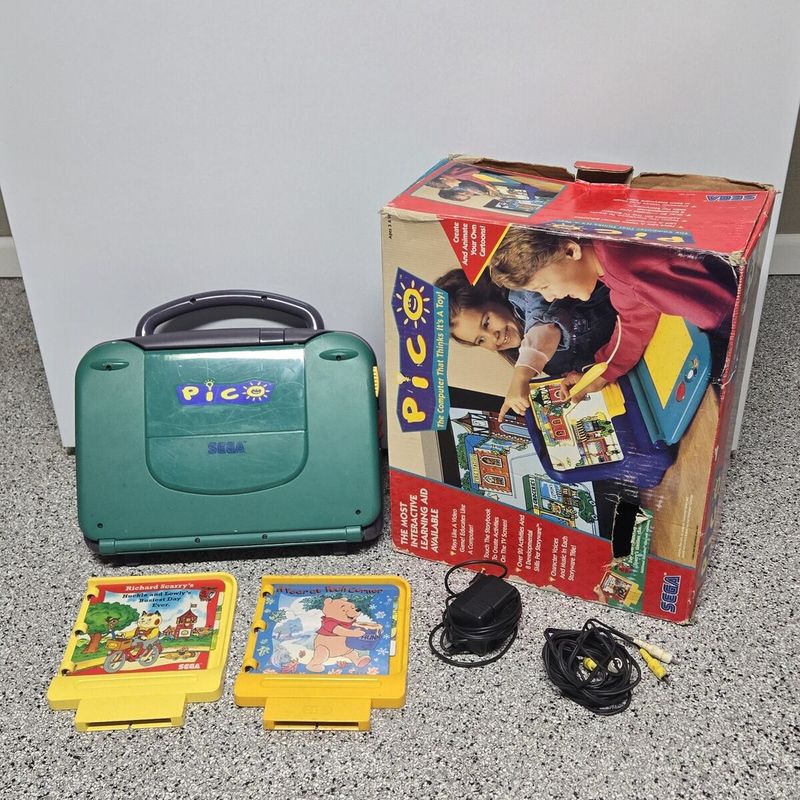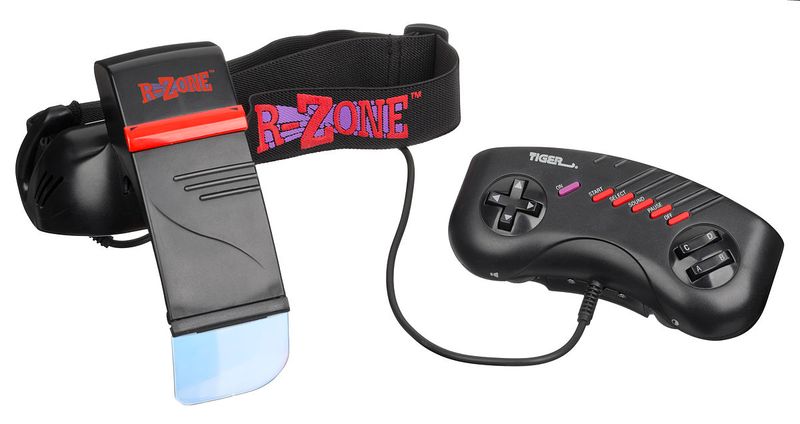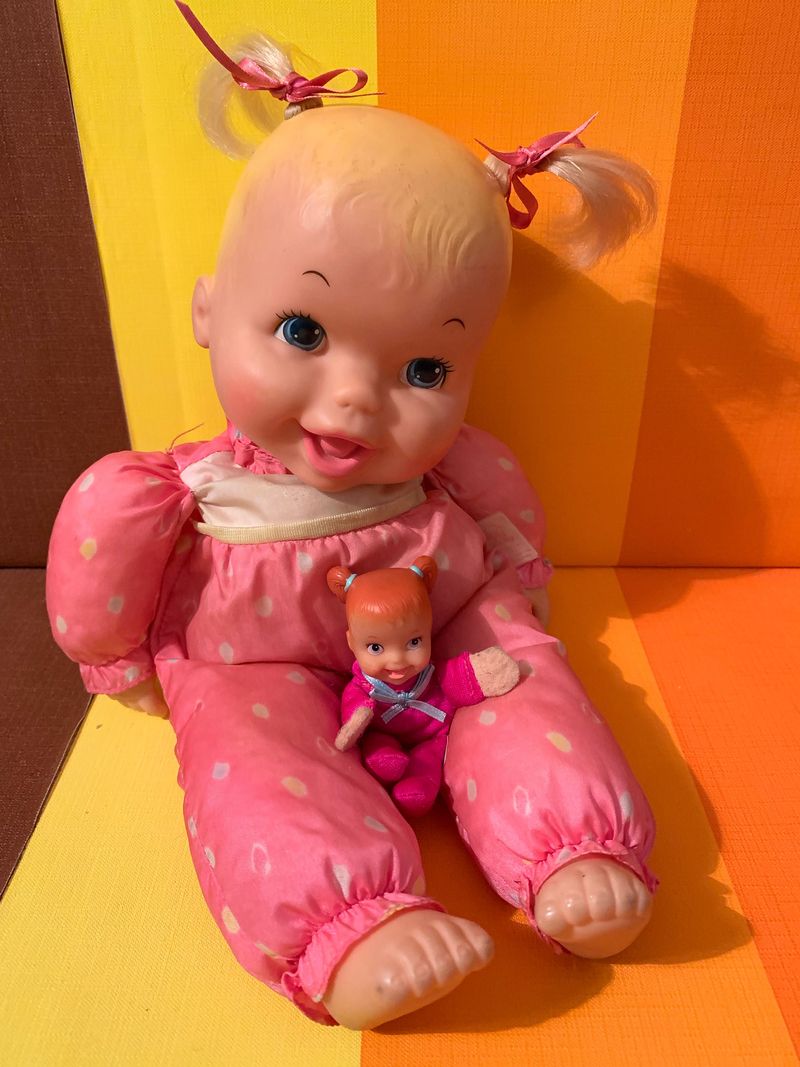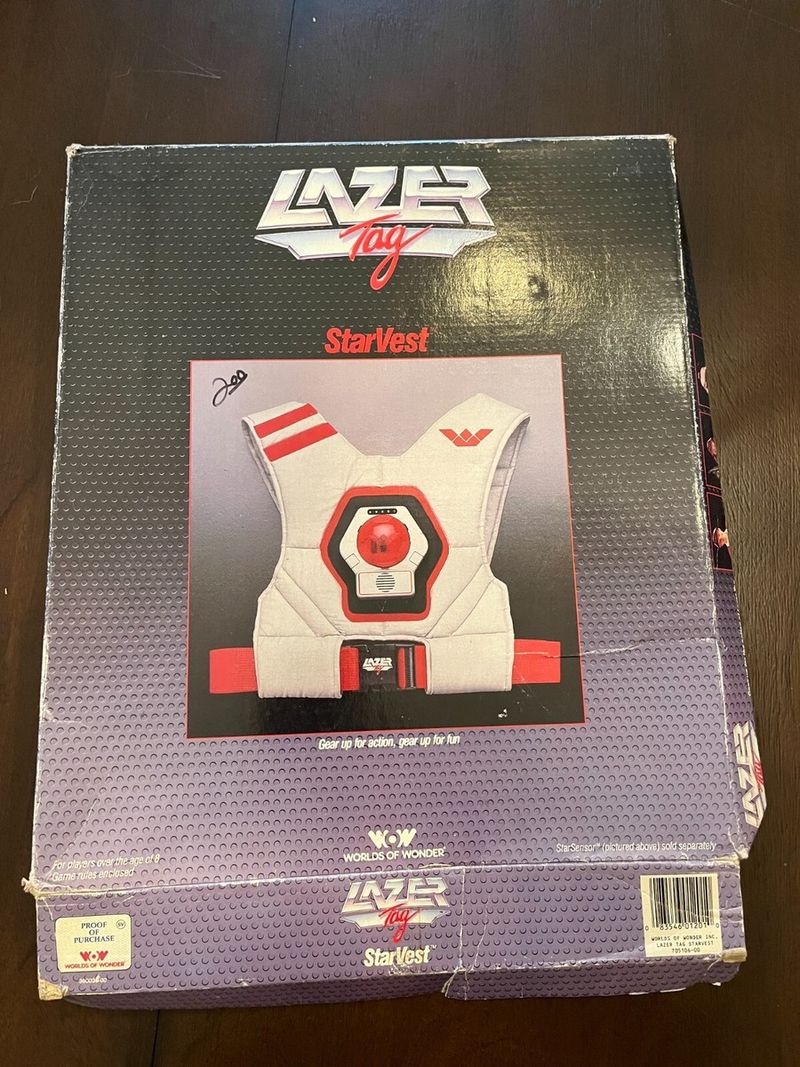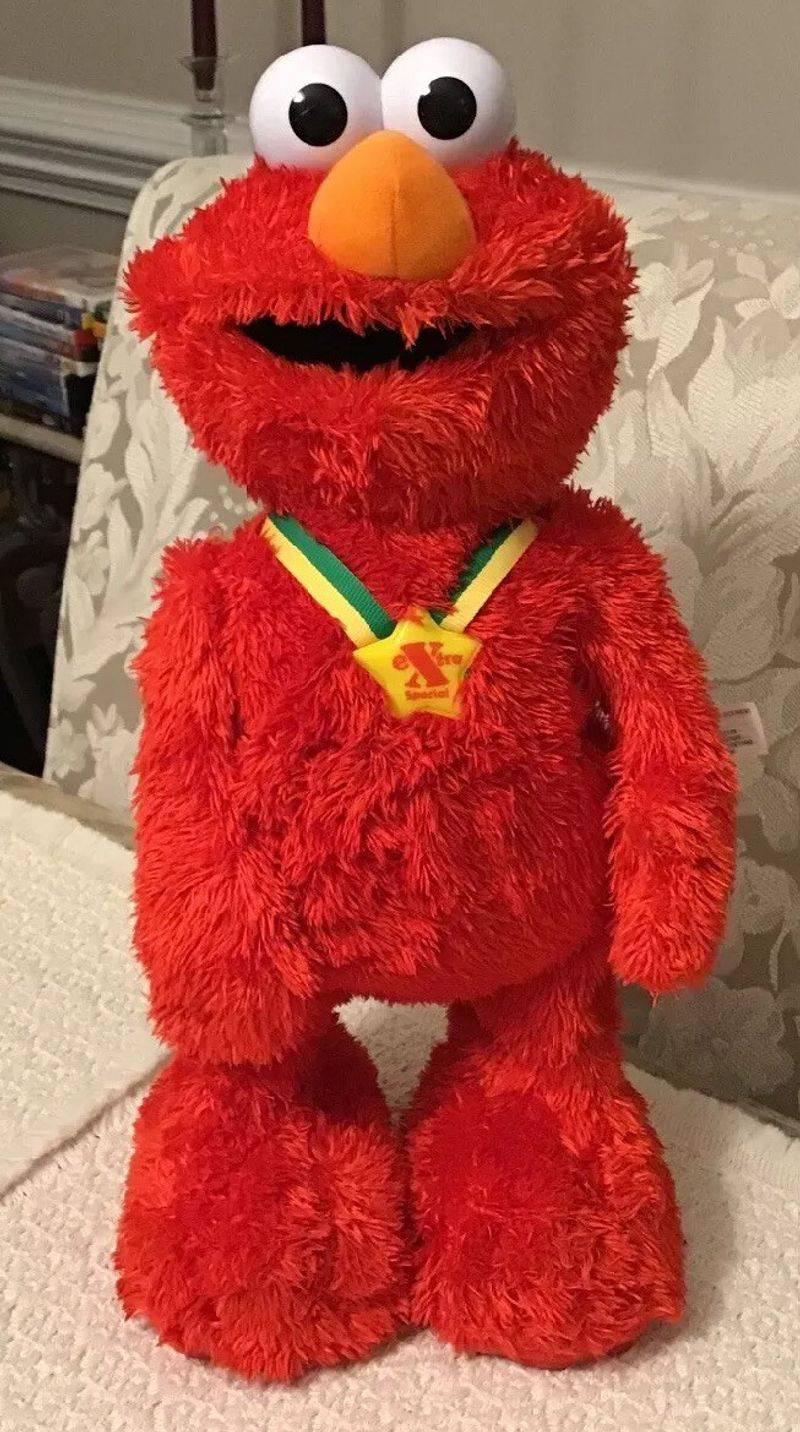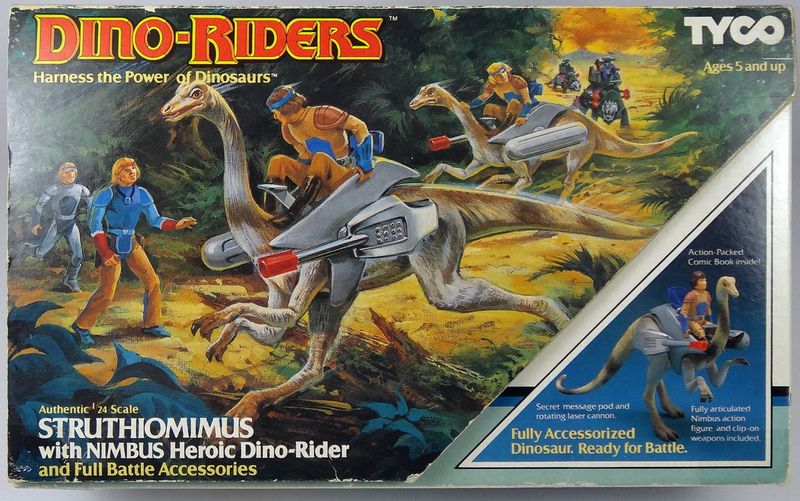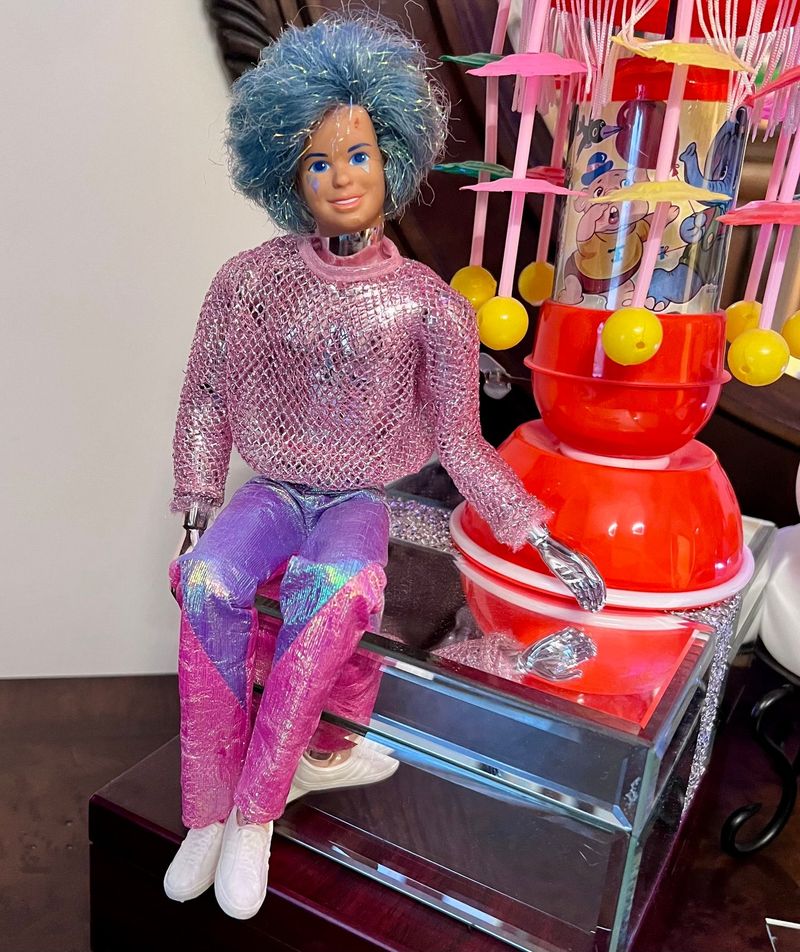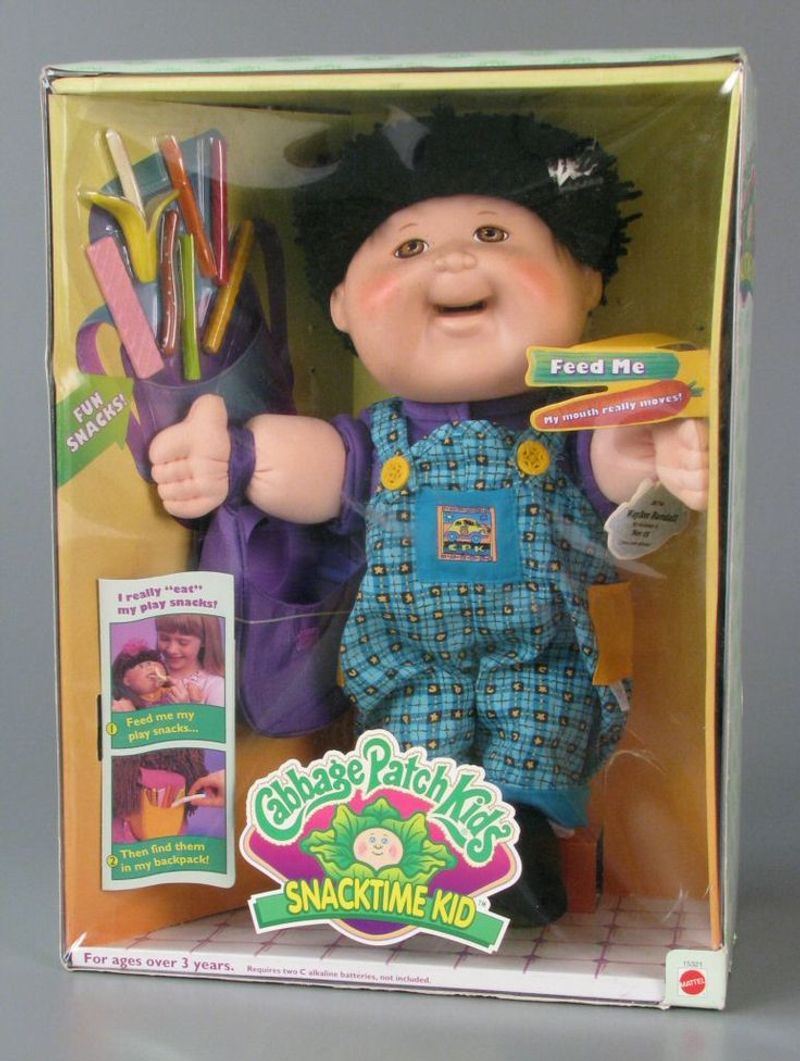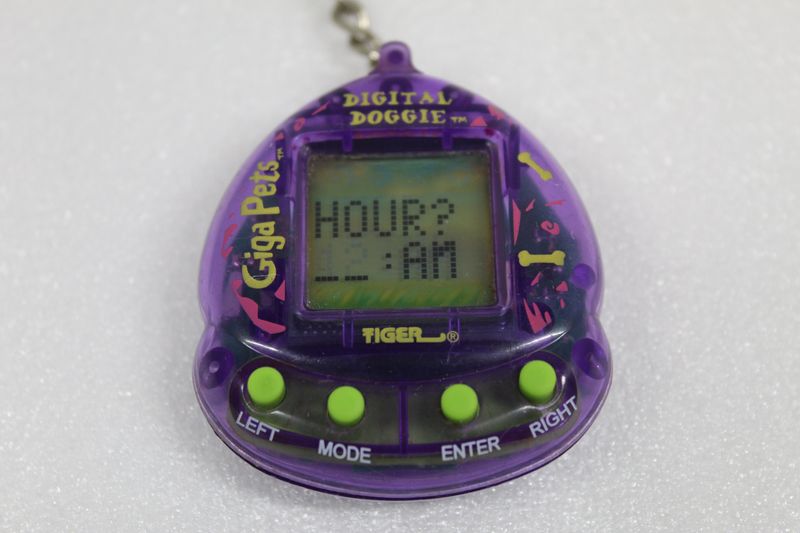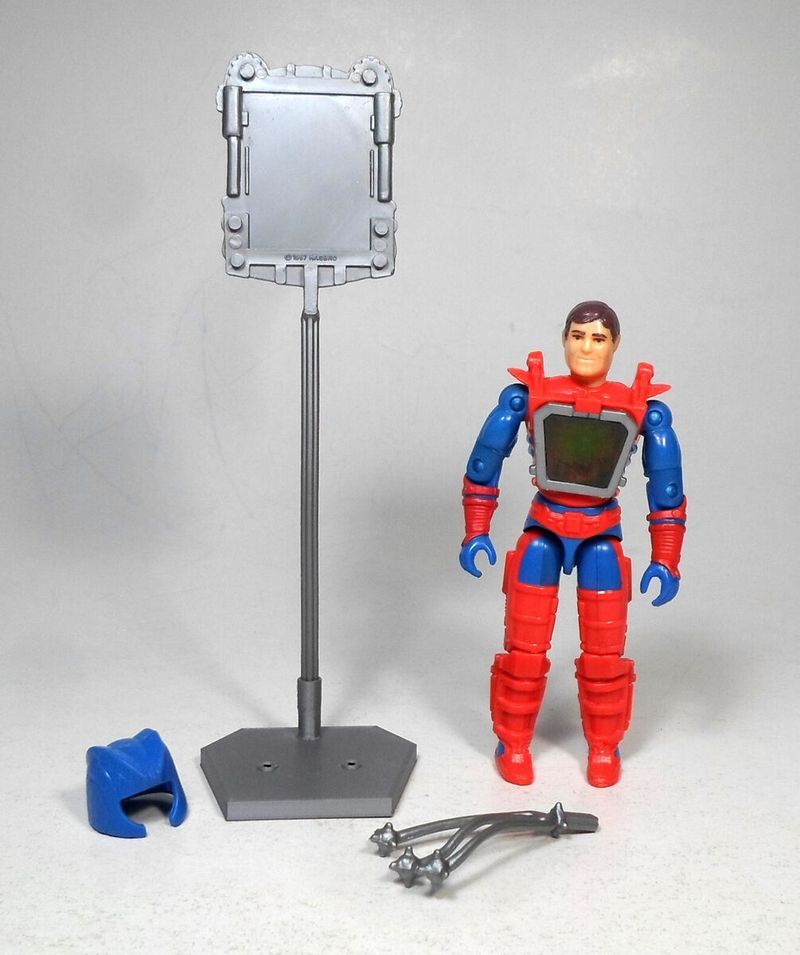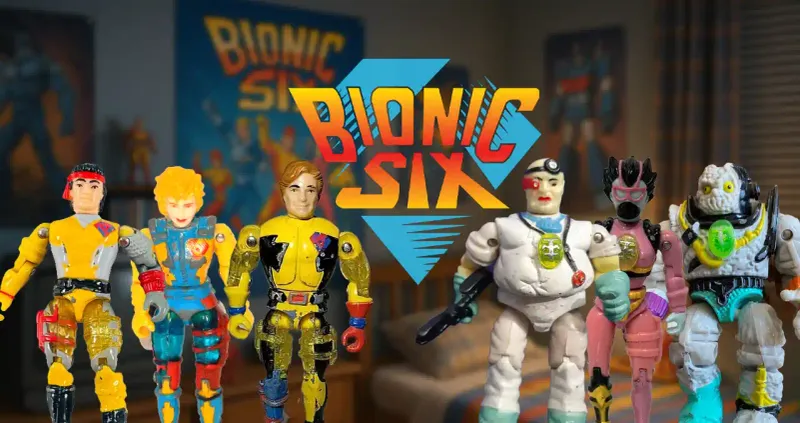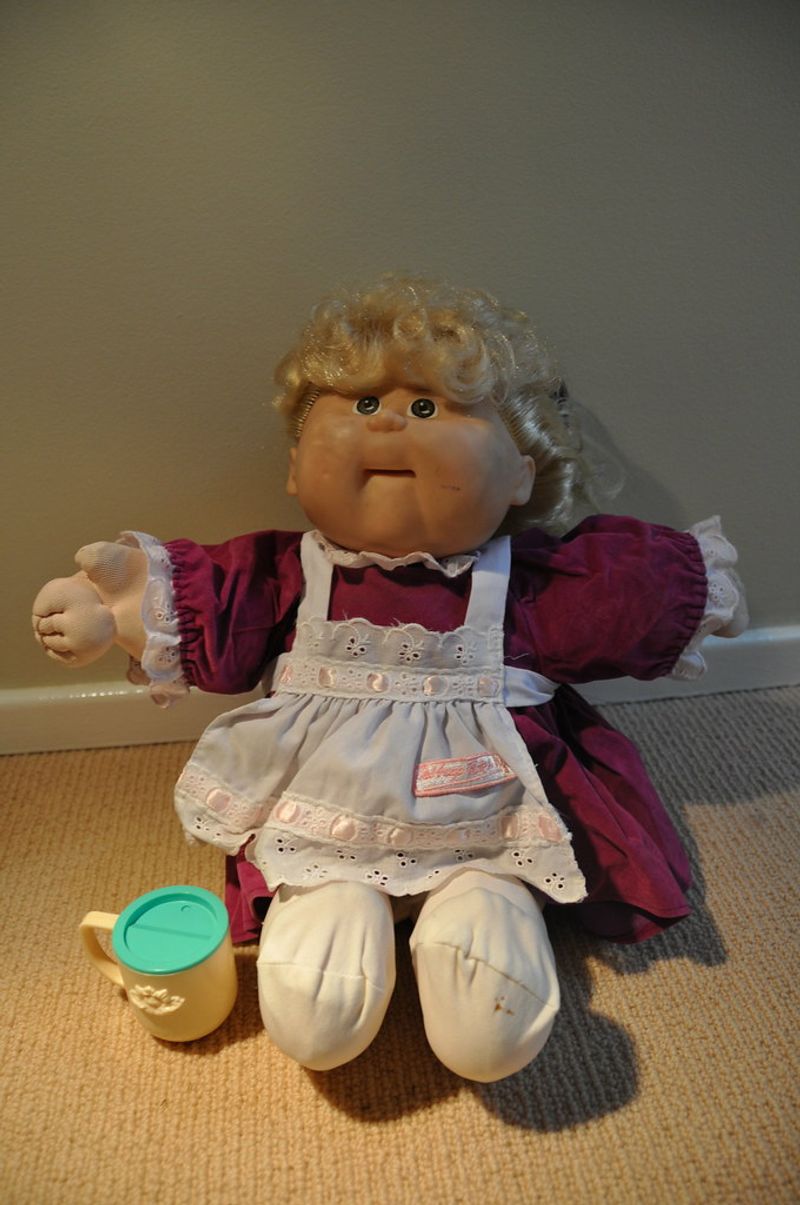Discover a fascinating array of toys that, though short-lived, were exceptionally forward-thinking. These 19 toys, launched and discontinued over the years, were indeed ahead of their time. Their concepts, whether due to technological limitations or societal reception, didn’t quite fit into their eras. Yet, their creative ingenuity gives us a glimpse into what could have been. From motion-controlled gaming to STEM-focused playthings, these toys laid the groundwork for future innovations. Dive into this intriguing list of toys that were too advanced for their own good.
1. Nintendo Power Glove (1989)
The Nintendo Power Glove emerged as a gaming marvel in 1989, envisioning a future of motion-controlled play. Though its clunky design and complex controls made it unappealing for many, it foreshadowed the Wii’s success. Enthusiasts remember its innovative spirit. Imagine a world without today’s motion-sensing gaming consoles; these gloves were pioneers.
The glove’s promise was vast, but its challenges were a barrier. Despite its flaws, it holds a place in gaming history. Collectors now see it as a vintage treasure. It remains a symbol of ambition in gaming evolution.
2. Cap Toys’ Amazing Amy (1997)
Amazing Amy, a unique concept by Cap Toys in 1997, promised an interactive doll experience. With interchangeable parts allowing her to ‘grow,’ she was both intriguing and unsettling. Parents found the idea creepy, and kids didn’t warm up to her complexity.
Despite its lack of success, Amazing Amy’s concept was visionary, hinting at future interactive toys. The doll’s ability to evolve was ambitious for its time. Its failure didn’t deter the industry, which continues to explore interactive playthings today. In hindsight, Amy was simply too advanced for the ’90s.
3. Mattel’s Hoverboard (2016)
In 2016, Mattel dared to bring the hoverboard fantasy to life. Echoing ‘Back to the Future,’ it promised mobility dreams. However, the reality was less thrilling; it functioned only over special magnetic surfaces.
For many, the novelty quickly wore off. The hoverboard’s limitations overshadowed its appeal. Despite its short-lived presence, it sparked conversations about the future of transport. Its dream-like concept lives on in tech aspirations. Although it fizzled out, Mattel’s hoverboard remains a symbol of dreaming big. Sometimes, dreams need more time to materialize.
4. Hasbro’s Robotix (1984)
Back in 1984, Hasbro introduced Robotix, a STEM-focused toy that challenged young minds. These buildable robots were ahead of their time. However, their complexity was daunting for children of the ’80s. The intricate assembly required more patience than most could muster.
Despite its challenges, Robotix laid the groundwork for modern STEM toys. The creativity it spurred in tech-savvy kids was unmatched. While it didn’t capture the market then, its legacy endures. Today, we see its influence in educational kits that inspire innovation. Robotix was a visionary step in playtime development.
5. Super Soaker CPS 2000 (1996)
The Super Soaker CPS 2000 made waves in 1996 with its incredible power. Its forceful stream could knock over unsuspecting targets, leading to its ban. While parents were concerned, kids loved the adrenaline rush it provided.
Its short run didn’t diminish its legendary status among water gun enthusiasts. This powerhouse is still remembered fondly. It pushed boundaries, setting a new standard for water toys. The CPS 2000’s bold approach to fun was unmatched, carving its niche in toy history. It remains a cherished relic for collectors and fans alike.
6. Sega Pico (1994)
The Sega Pico, launched in 1994, was an edutainment console aimed at blending play with learning. It was a precursor to the tablet-based educational games we see today. However, its time was not ripe.
Parents were slow to embrace this tech-driven learning platform. Despite its limited success, the Sega Pico paved the way for interactive education. Its legacy is evident in modern educational tools. The concept was sound, but society wasn’t ready. It stands as a testament to the evolving intersection of technology and education, inspiring today’s devices.
7. Tiger Electronics’ R-Zone (1995)
In 1995, Tiger Electronics launched the R-Zone, a bold venture into head-mounted gaming. Its red graphics were a stark contrast to the colorful displays we’ve come to expect. Despite its innovative spirit, it failed to capture gamers’ hearts.
The R-Zone was ambitious, envisioning a future dominated by virtual reality. Sadly, its execution fell short, leaving it as a quirky footnote in gaming history. Yet, it hinted at the immersive experiences we enjoy today. The R-Zone’s daring approach remains a fascinating relic of gaming evolution, remembered for its bold vision.
8. Mattel’s Baby Tumbles Surprise (1996)
Mattel’s Baby Tumbles Surprise, released in 1996, was a doll that ‘delivered’ another doll—a concept that puzzled many. Parents were unsettled by its unique feature, and it didn’t resonate well with children either.
Despite its odd charm, the doll’s appeal was limited. It was a risky move in the doll market, aiming to set a trend that never caught on. The Baby Tumbles Surprise remains an icon of curiosity, remembered for its audacious approach to playtime. It’s a reminder of how far toy innovation can stretch the imagination.
9. Kenner’s Laser Tag (1986)
Kenner’s Laser Tag, introduced in 1986, promised exhilarating battles. It required darkness for optimal play, which limited its usability. Despite its futuristic concept, it faced competition from simpler toys.
The high cost was a barrier for many, overshadowing its potential. Yet, it laid the groundwork for the laser games we know today. The innovation was there, but the market wasn’t ready. Laser Tag’s legacy continues, influencing a genre of games that entertain countless enthusiasts. It’s a testament to the enduring appeal of interactive play.
10. Worlds of Wonder’s Lazer Tag (1986)
Worlds of Wonder’s Lazer Tag, another 1986 release, shared similar challenges with Kenner’s version. It was niche and pricey, targeting a specific audience. Its infrared technology was ahead of its time, yet it didn’t gain traction.
Despite its hurdles, Lazer Tag inspired future innovations in gaming. It’s a classic example of a great idea overshadowed by execution issues. The concept was spot on, but the market needed more time to catch up. Today, Lazer Tag is fondly remembered for its role in shaping interactive gaming adventures.
11. Toymax’s Tickle Me Elmo Xtreme (1997)
Toymax’s Tickle Me Elmo Xtreme, launched in 1997, took the beloved Elmo to new heights. However, its hyperactive laughter was too much for some, leading to mixed reactions. This version was more energetic than its predecessors, and not everyone appreciated its liveliness.
Despite this, it captured the imaginations of many young fans. It added a dose of extreme fun to playtime. Though short-lived, it left a mark on the world of interactive dolls. Tickle Me Elmo Xtreme remains an example of pushing boundaries in children’s entertainment.
12. Hasbro’s Dino-Riders (1988)
The 1988 release of Hasbro’s Dino-Riders combined dinosaurs with laser guns—a thrilling concept. However, its high production costs made it unsustainable. Despite its short lifespan, it sparked the imaginations of many.
The detailed designs and epic battles were a visual treat. Dino-Riders captured a sense of adventure unmatched by other toys. It remains a cherished memory for fans who witnessed its brief but impactful presence. Today, it stands as a testament to the power of creative storytelling in toys, influencing future generations of imaginative play.
13. Galaxy High Dolls (1986)
In 1986, the Galaxy High Dolls attempted to merge the allure of Jem and the Holograms with the epic saga of Star Wars. Unfortunately, this blend didn’t resonate with the target audience. Despite its creative ambition, the dolls faced an identity crisis.
The concept was unique, combining cosmic adventures with fashion. However, it struggled to find its place in the market. Galaxy High Dolls are now a nostalgic reminder of daring ideas that didn’t quite fit. They’re a symbol of the never-ending quest to innovate in the world of toys.
14. Playmates’ Boglins (1987)
Playmates introduced Boglins in 1987—grotesque, rubbery monster puppets that were delightfully weird. For some, their odd charm was intriguing, but mainstream success eluded them. Despite their uniqueness, they couldn’t capture a broad audience.
Boglins were a niche interest, appealing mostly to those who appreciated the bizarre. Their design was ahead of its time, offering a different take on puppet play. Today, they have a cult following, cherished for their distinctiveness. Boglins exemplify the whimsical and unconventional side of toy design, leaving a quirky legacy.
15. Mattel’s Cabbage Patch Kids Snacktime Kid (1996)
In 1996, Mattel released the Cabbage Patch Kids Snacktime Kid, a doll that ‘ate’ plastic snacks. Its mechanism was clever but not foolproof. It sometimes caught hair instead of snacks, leading to its recall.
Despite the mishap, the doll was an innovative attempt at interactive play. It remains a memorable part of the Cabbage Patch Kids lineup, a testament to creativity gone slightly awry. The Snacktime Kid reminds us of the risks involved in pushing the boundaries of toy design. Its story continues to captivate collectors and enthusiasts alike.
16. Tiger Electronics’ Giga Pets (1997)
In 1997, Tiger Electronics introduced Giga Pets, vying for a slice of the virtual pet market. With more buttons and less charm than its competitor Tamagotchi, it struggled to find its niche.
The Giga Pets were intricate, offering a more detailed pet-raising experience. However, they lacked the simplicity that endeared Tamagotchis to the masses. Despite this, Giga Pets paved the way for future digital companions. The lessons learned from its challenges continue to shape virtual pet designs. It’s a reminder of the burgeoning world of digital interaction.
17. Hasbro’s Visionaries (1987)
Hasbro’s Visionaries, launched in 1987, introduced knights with hologram powers—a concept full of potential. Unfortunately, it suffered from poor execution. The toys’ appeal was lost amidst better-executed competitors.
Despite its shortcomings, Visionaries had a unique charm. The holographic features were captivating, hinting at new possibilities in toy design. Though it didn’t last, it inspired future innovations. Visionaries remain a testament to daring ideas that push boundaries, even when they don’t succeed as planned. It’s a story of ambition and creativity in the toy industry.
18. Kenner’s Bionic Six (1987)
In 1987, Kenner introduced the Bionic Six, a toy line based on a lesser-known cartoon. Despite its vibrant concept, the lack of show recognition hindered its success. The figures were detailed and imaginative, but without the show’s backing, they struggled to thrive.
Bionic Six toys remain a nostalgic nod to those who remember. They embody the era’s fascination with bionics and family dynamics. Though short-lived, their creative designs are appreciated by collectors today. The Bionic Six represents a time when storytelling and play were deeply intertwined, showcasing rich narratives.
19. Coleco’s Cabbage Patch Kids Electronic (1988)
Coleco’s 1988 venture with the Cabbage Patch Kids Electronic doll brought a talking element to the beloved line. However, its random and eerie expressions, like “I love the dark,” unsettled many.
The doll’s concept was intriguing but poorly executed. It aimed to enhance interaction but ended up creeping people out. Despite this, it’s a fascinating glimpse into the experimental phase of interactive toys. It serves as a reminder of the delicate balance between innovation and user comfort. The electronic doll’s legacy remains a quirky chapter in toy history.
